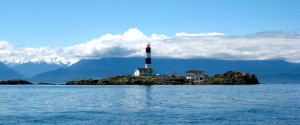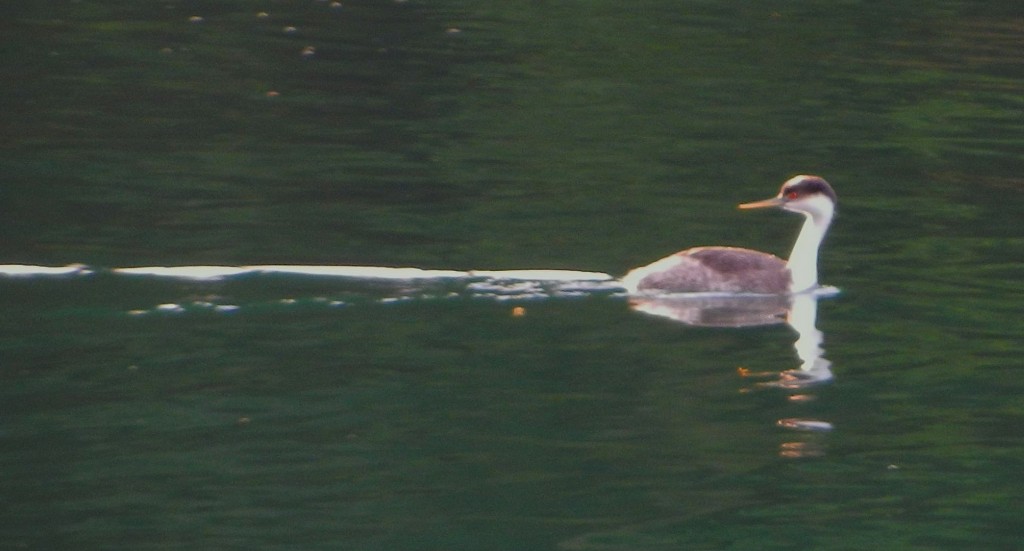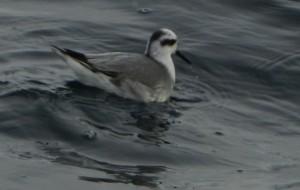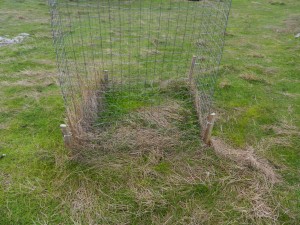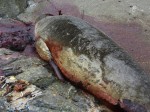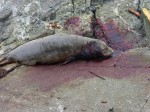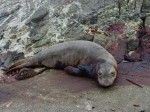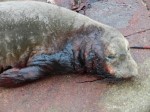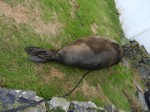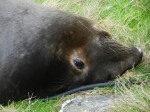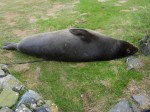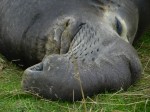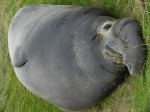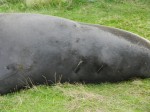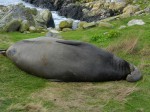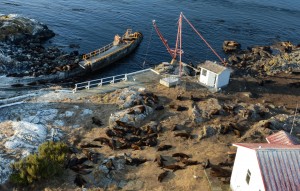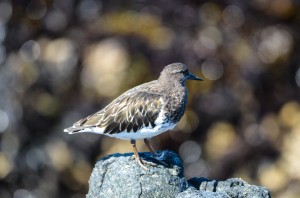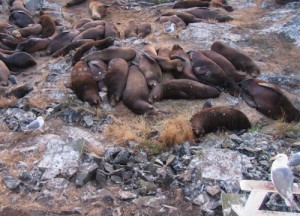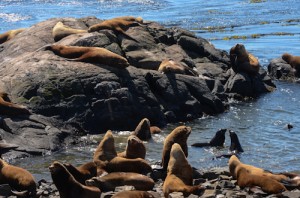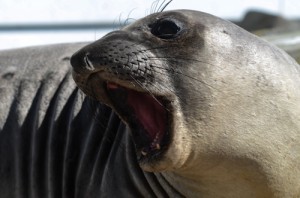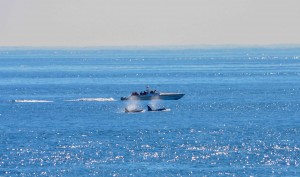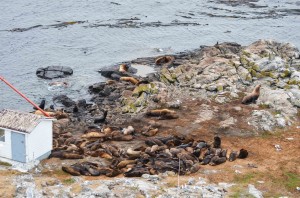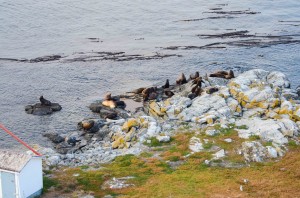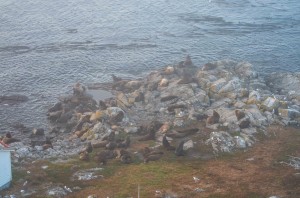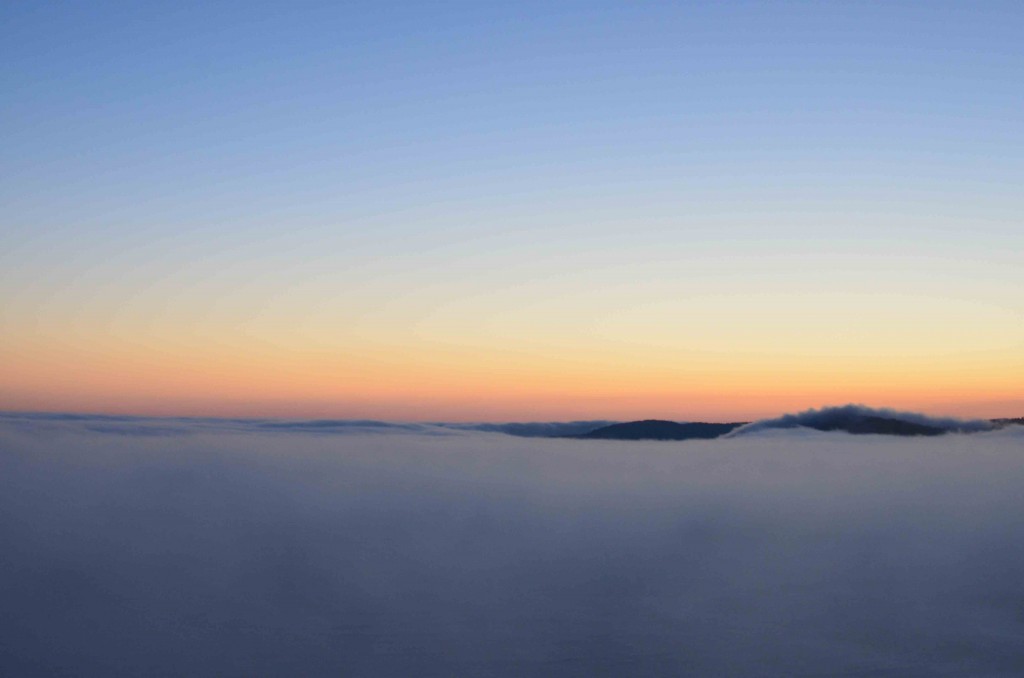The MPA process for the federally controlled waters within the Provincial Marine Ecological Reserve started In 2000. A proposal was submitted by a DFO -convened Advisory Group composed of Sports fisheries, First Nations, science representatives, Provincial Parks, Canadian Wildlife Service, Environment Canada, Pearson College representatives, whale watching groups, diving groups and several environmental NGOs . This proposal was changed for the Gazetting process by the Department of Fisheries office in Ottawa, and the final result in the Canada Gazette was unacceptable to all members of the Advisory Board. You can read about that and a Master’s thesis documenting the process on the racerocks.com website.
The proposal languished until 2009 when DFO again asked the Advisory Board to reassemble. This month, after several years of separate negotiations with First Nations, an update was given to those members of the advisory group who were still interested in attending.
Angus Matthews provided this update on the Race Rocks MPA process.
Short version… on track but likely to take two more years.
If you want details…
We had a good meeting yesterday with Glenn Rasmussen, the DFO manager responsible for the proposed MPA. Arron Reith the First Nations consultant was also present. We had requested the meeting to receive an update on progress since the Race Rocks Advisory Board completed its work almost two years ago. The highlights are…
- Additional meetings were held with representatives of the ecotourism/whale watching operators and a satisfactory protocol was worked out in accordance with previous advisory board discussions. There will not be fee based permits but operators will be required to register and file use plans each year.
- First Nations consultation has proceeded with three of the four bands. Esquimalt band has not engaged in discussions. There has apparently been considerable progress with the other three bands and written confirmation will be sought over the next few months.
- The First Nations discussions are likely to result in some DFO funded co-operative education programs with First Nations and Pearson College related to Race Rocks. A DFO/First Nations group has been formed to make these arrangements.
- DFO has accommodated Douglas Treaty rights and First Nations will not be subject to a no-take regulation although there is goodwill among First Nations towards voluntary conservation measures.
- From a governance point of view, the Minister retains sole responsibility for decision-making (it’s in the Act). First Nations and all stakeholders are able to provide advice to the Minister through staff.
The regulation still needs to be finalized from the working draft and approved at the regional staff and deputy minister level. This is expected to occur two to four months after endorsement is received from First Nations. It is then off to Ottawa where legal work will take about eight months and then it goes on the Minister’s desk. Once it clears the very big pile on the desk the regulation will be made public and go to the Gazette stage for public comment for 60 to 90 days. It sounds like the regulation is still in line with the last version approved by the RR Advisory Board. There is not much we can do until it reaches the Minister. At that point encouragement would be helpful.
Don’t despair! Look on the bright side; two more years is only 10% of the time since this process began 20 years ago!
Angus Matthews
Executive Director
Shaw Ocean Discovery Centre

